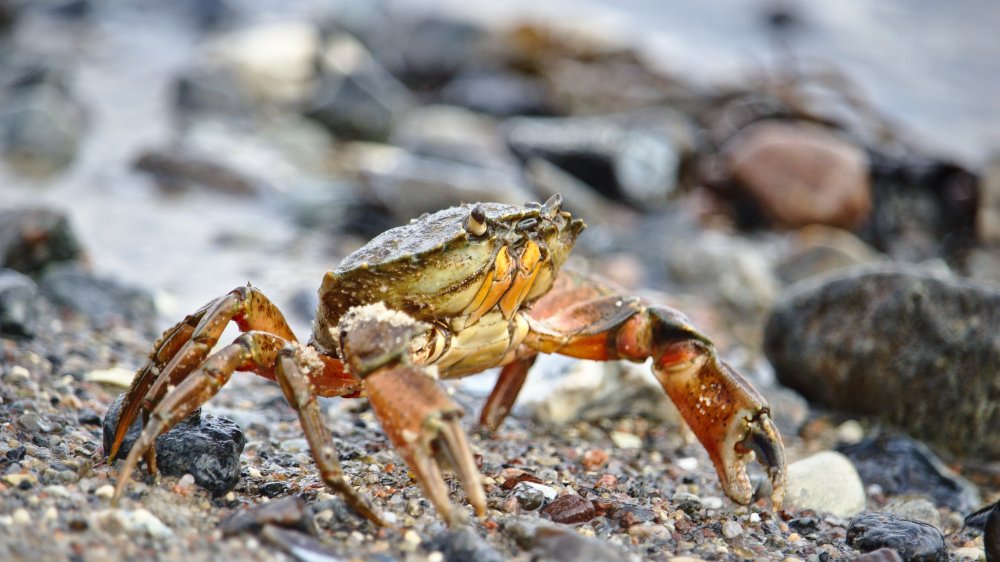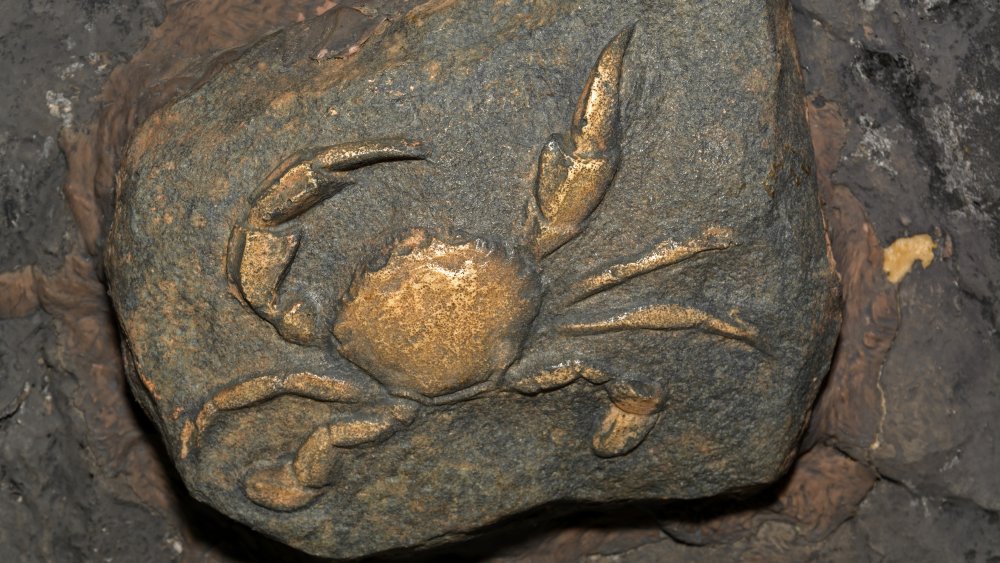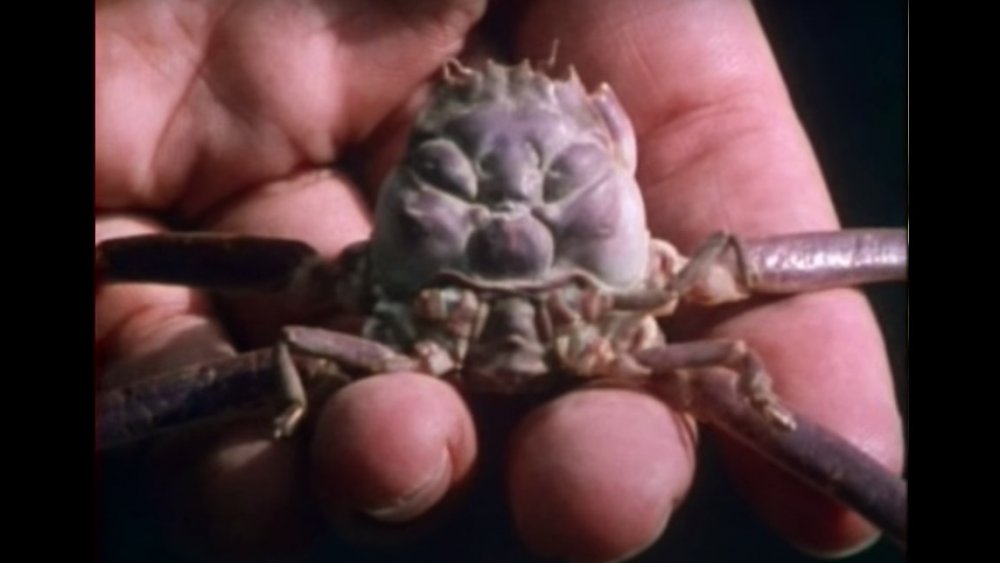Why People Are Freaking Out About Animals Evolving Into Crabs
Although the theory of evolution is now widely taught and accepted by society at large as the way life on earth works, the process of natural selection is so strange and incomprehensible a process that, every now and then, a feature of its biological permutations is cast into the spotlight and, for a few days, sets the internet alight with reactions to how truly weird life of planet Earth actually is.
The hot evolutionary question at the moment is, "why do so many creatures evolve into crabs?" It's a query that suggests many more questions: What do you mean, so many creatures? Do different animals evolve into the same thing? Could it happen again? What is so special about crabs?
For those of us with querying — but, given the headline, anxious — minds, the answers are out there, and, indeed, in the scientific articles that have provided the genesis for wave after wave of online interest in the subject, allowing the otherwise niche subject of crab evolution — or "carcinization," as the process is known in scientific circles — to gain something approaching viral fame. The weirdness of carcinization centers on the fact that, according to BoingBoing.net, crab-like forms have evolved in nature a total of five separate times, as far as scientists are aware at least. Indeed, the term carcinization was coined about 100 years ago by the English zoologist L.A. Borradaile, who used it to describe "one of the many attempts of Nature to evolve a crab."
The weird science of crabs
It is perhaps this idea that the natural world has a preference, conscious or otherwise, for the shape of the crab that is the most disturbing aspect of the story. As one Twitter user put it: "The arc of the universe is long, but it bends towards the crab."
The paper upon which most of the recent crab buzz is based, posted at Oxford Academic, was published in 2017. Titled "One hundred years of carcinization — the evolution of the crab-like habitus in Anomura," it describes how the crab-like "habitus," or body shape, managed to "evolve independently from the 'true' crabs (Brachyura), it also evolved three times independently within anomurans," which is an ancient group of decapod crustaceans that includes hermit crabs and the red king crab. The scientists' findings were that the similarities between these crab types were not superficial. Rather, as Popular Mechanics points out, "The paper details neurological commonalities, shared circulatory systems, and more, while also detailing the organ and systems that differ in shape and size."
The findings reinforce what we know as fundamental to the process of natural selection: the transformation of physical attributes over time to yield advantages within a certain environment. As Popular Mechanics says, we can observe similarities in the flight mechanics of creatures as disparate as bats, which are mammals, and most birds.
Crabs evolving into humans?
The fact is that so many creatures exist in habitats that find the crab form advantageous, with the characteristic claw-and-mouth-parts combo being highly useful for thriving in sandy, underwater environments. So no, the coming of a human crab baby is, thankfully, not very likely.
Another brilliant evolutionary quirk involving crabs was highlighted by the genius science hero Carl Sagan, in a 1980 episode of his classic TV show Cosmos, posted on YouTube. In it, the scientist, in his characteristically charming style, gives an extended explanation of the heike crab (or heikegani), a species native to Japan, which is central to a highly suggestive folkloric tale.
The heike crab is notable for its shell, which uncannily resembles the grimacing face of a Samurai, and which has gained the colloquial nickname "the Samurai crab." Sagan's hypothesis goes that the region's fishermen, having caught examples of the species with exceptionally humanoid shell formations and believing them to be the souls of dead sailors, superstitiously threw them back, keeping only those that displayed weaker Samurai-faced characteristics. The result is used by Sagan to illustrate the phenomenon of "unintentional artificial selection," in which human intervention interferes with breeding to produce an effect within the habitus of living creatures: the most Samurai-crabs were left free to breed with others, strengthening the facial characteristics of their shells. Nature really is a strange and beautiful thing.


